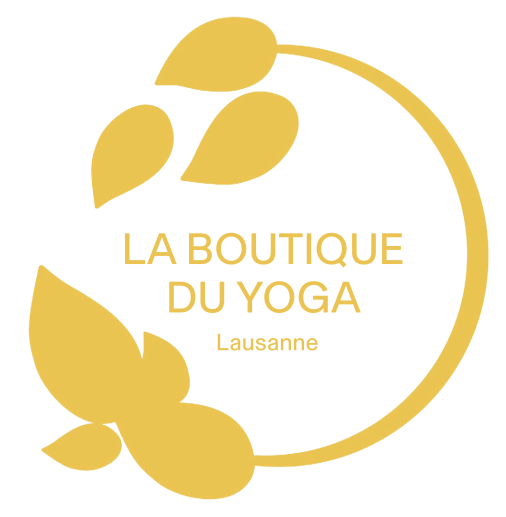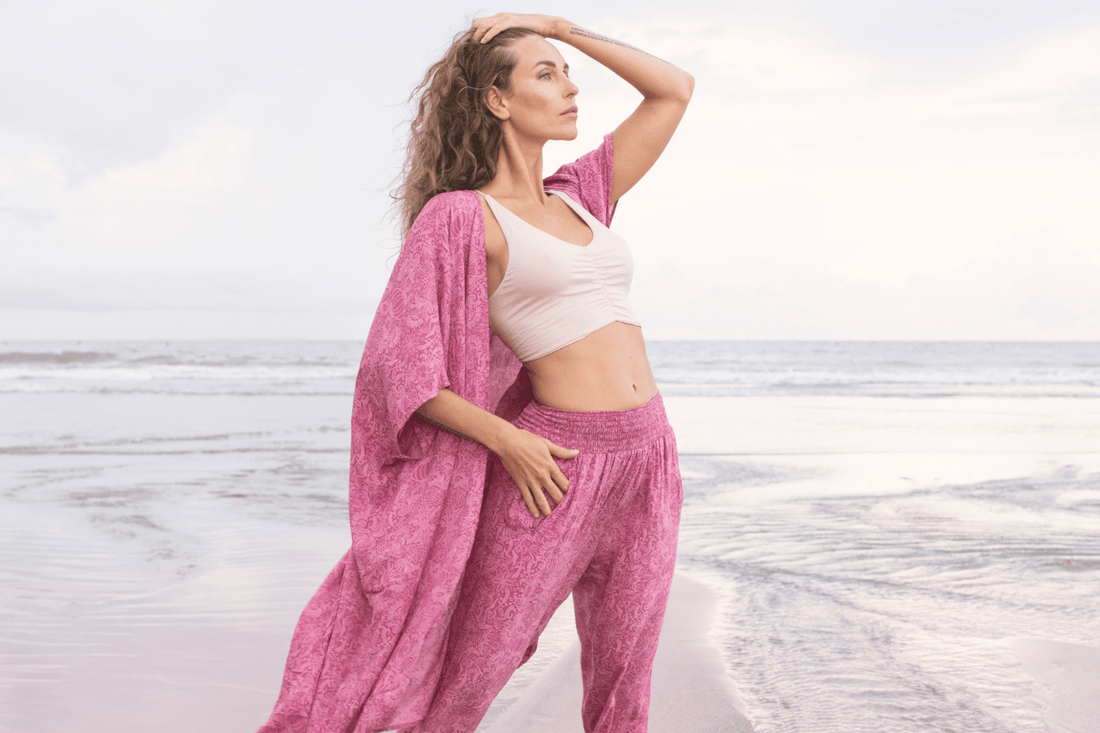In the field of textiles, viscose fibers have gained popularity in recent years due to their unique properties and eco-friendly aspect. Viscose is a type of artificial fiber derived from cellulose, mainly extracted from wood, although other plant sources can also be used. Among the best-known variations of viscose are rayon and bamboo viscose. In this article, we will explore the characteristics of these two viscose fibers and examine their benefits and uses.
Rayon:
Rayon is a viscose fiber that was developed in the early 20th century. It is made from wood pulp chemically treated to obtain dissolved cellulose. Then this cellulose is regenerated using a wet spinning process, producing rayon yarns. One of the benefits of rayon is its softness and comfort. Rayon textiles are light, breathable and pleasant to the touch. They can mimic the look of silk, cotton, or wool, making them versatile for different clothing applications. Additionally, rayon can be easily dyed in a wide variety of colors, providing a creative palette for designers.
Bamboo Viscose:
Bamboo viscose is a specific variation of viscose made from bamboo fibers. Bamboo is a renewable resource that grows quickly, requiring little water and without requiring the use of pesticides. This characteristic makes bamboo viscose an eco-friendly option compared to other synthetic fibers. The manufacturing process for bamboo viscose is similar to that of rayon. Bamboo fibers are extracted, chemically treated to extract cellulose, then transformed into viscose yarns. Bamboo viscose textiles have interesting properties, including great softness, good moisture absorption and breathability. They are also known for their natural resistance to bacteria and odors, making them a popular choice for sportswear and underwear.
Comparison and Uses:
Both rayon and bamboo viscose share common characteristics, such as their softness and comfort. They are also both easy to stain and maintain. However, bamboo viscose stands out for its ecological appearance, thanks to the sustainable cultivation of bamboo and its environmentally friendly manufacturing process. Rayon, on the other hand, is more common on the market and offers a greater variety of textures and finishes.
Rayon is commonly used in making clothing such as dresses, blouses, skirts and scarves. Its ability to mimic different textures makes it a versatile choice for fashion designers. Additionally, rayon is also used in the manufacture of curtains, linens and furnishing textiles.
Bamboo viscose, on the other hand, is increasingly popular in the textile industry due to its eco-friendly properties. It is often used to make sportswear, underwear, socks and bed linen. Thanks to its breathability and ability to wick away moisture, bamboo viscose is popular for clothing intended for intense physical activities. Additionally, its natural antibacterial nature makes it a popular choice for bedding items, helping to prevent the proliferation of bacteria and odors.
Conclusion :
Rayon and bamboo viscose are two types of viscose fibers offering distinct characteristics. Rayon is known for its softness, lightness and imitation of different textures, making it a versatile choice in the textile industry. Bamboo viscose, for its part, stands out for its ecological aspect thanks to its renewable source and its environmentally friendly manufacturing process. It offers properties such as softness, moisture absorption and natural resistance to bacteria.
Whether for rayon or bamboo viscose, it is important to note that their production requires specific chemical processes which can have an environmental impact. It is therefore essential to look for brands that practice responsible production and care about sustainability.
Ultimately, the choice between rayon and bamboo viscose depends on individual preferences, specific needs and environmental values. Regardless of the viscose fiber chosen, these artificial alternatives offer interesting options for more sustainable and environmentally friendly fashion.

